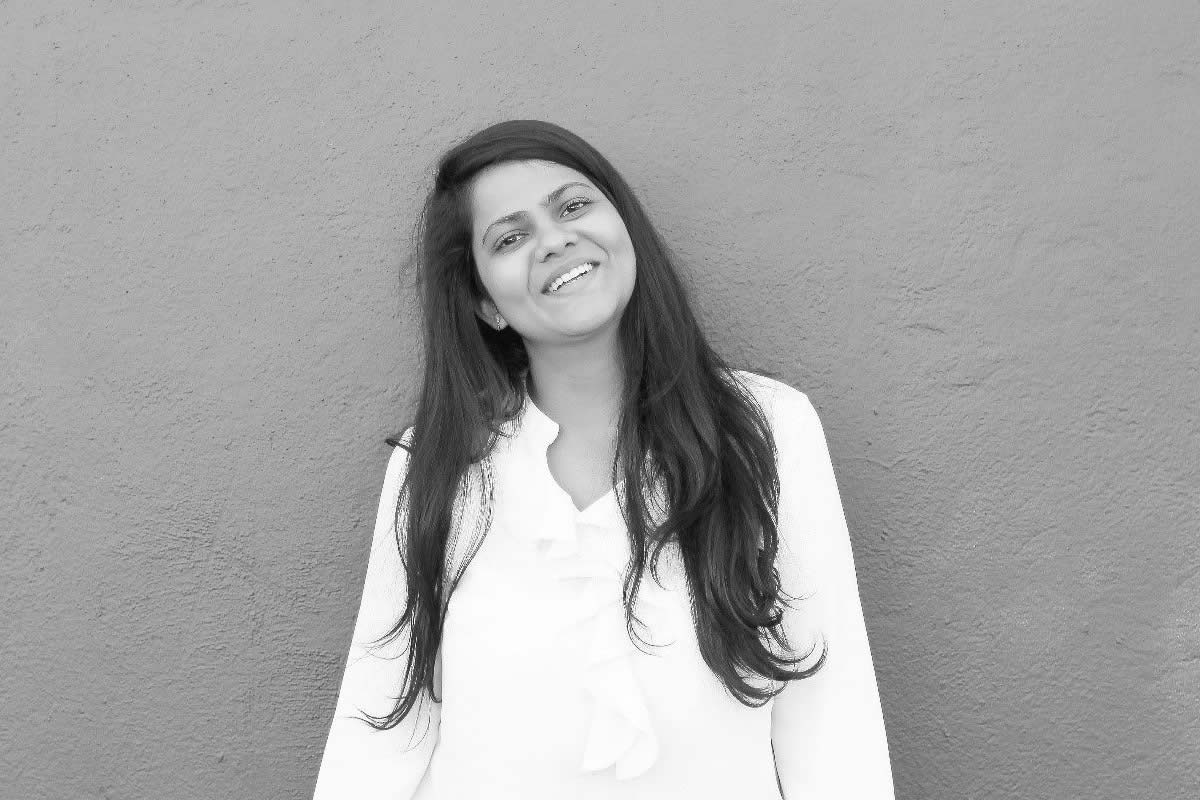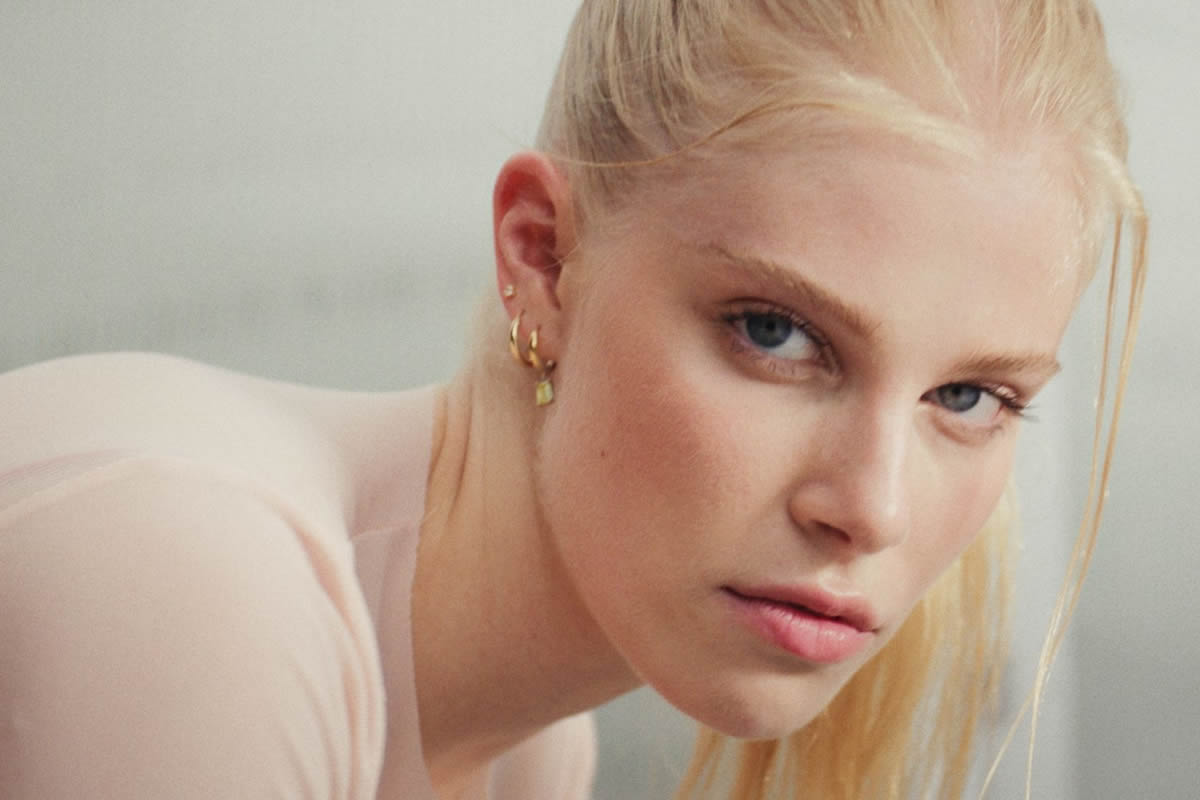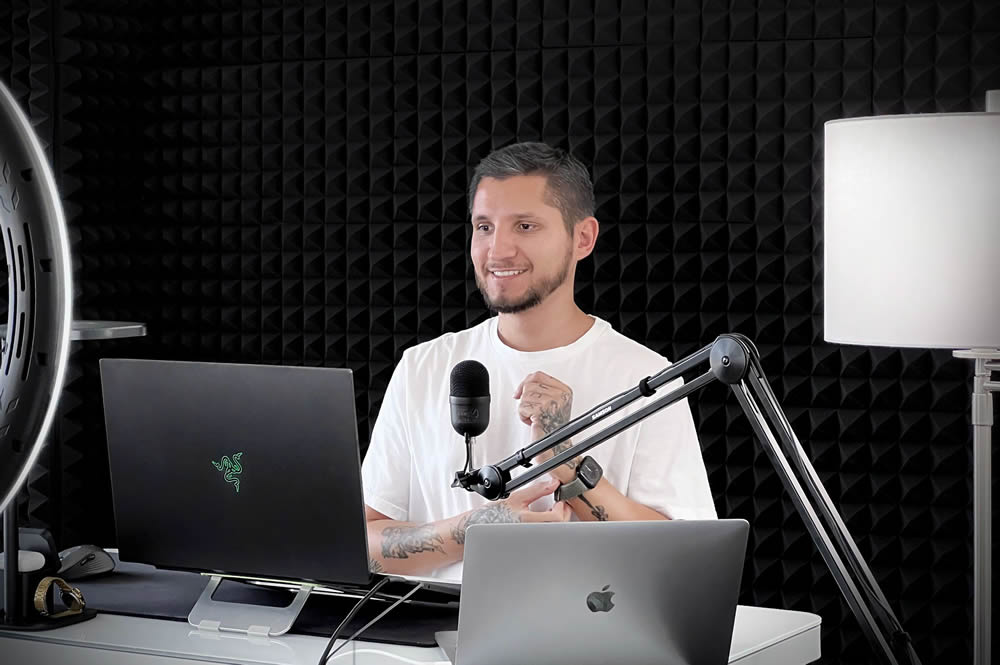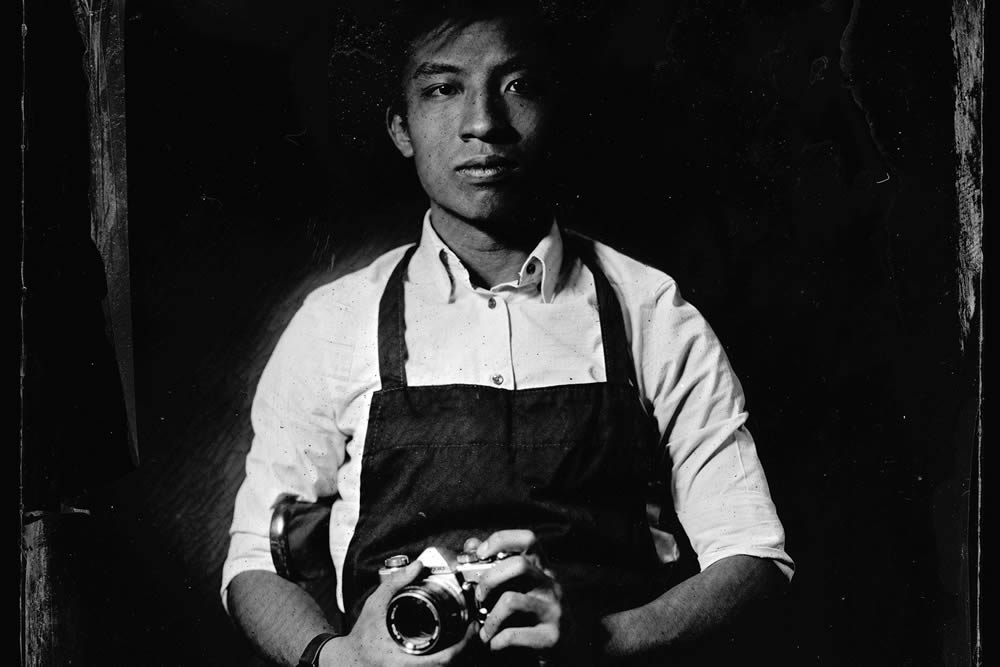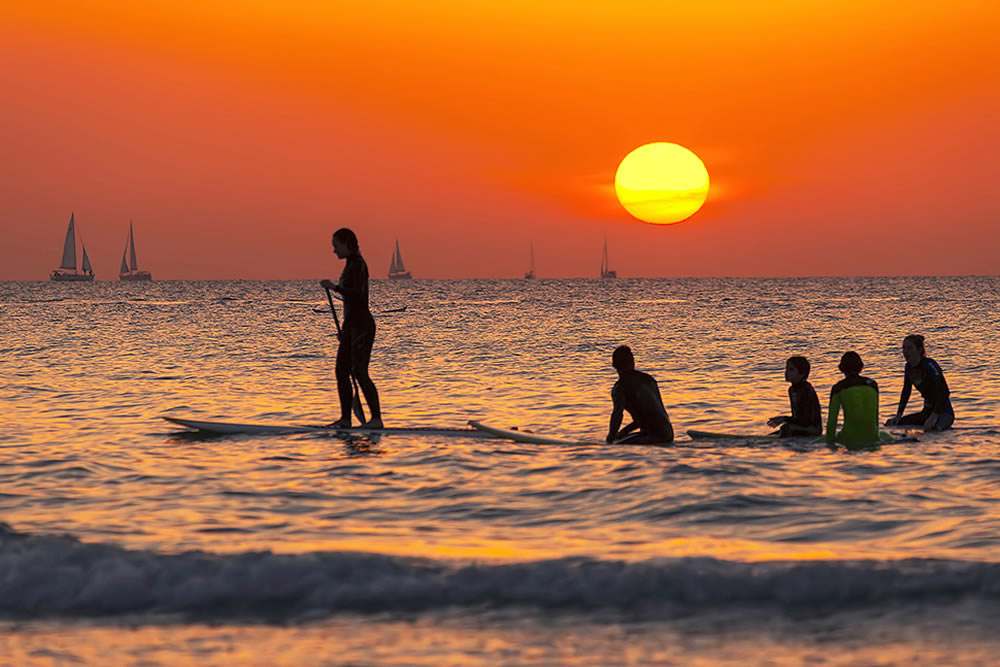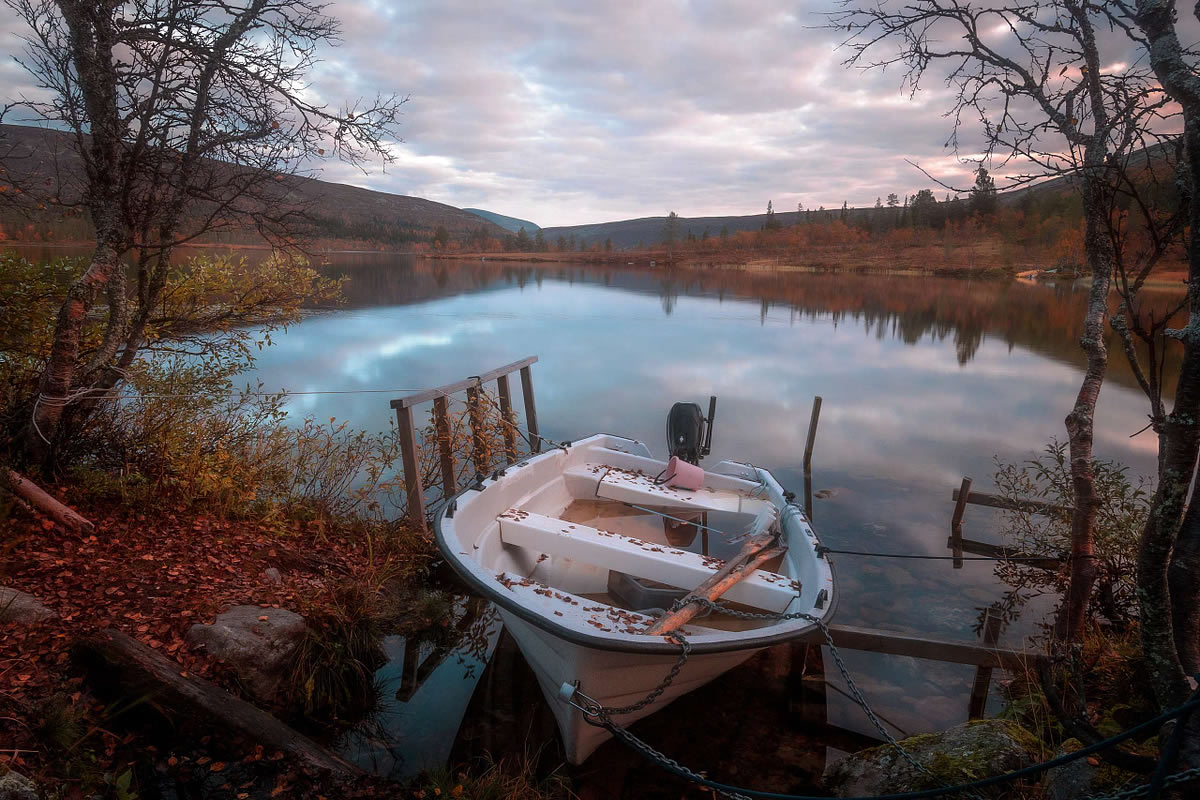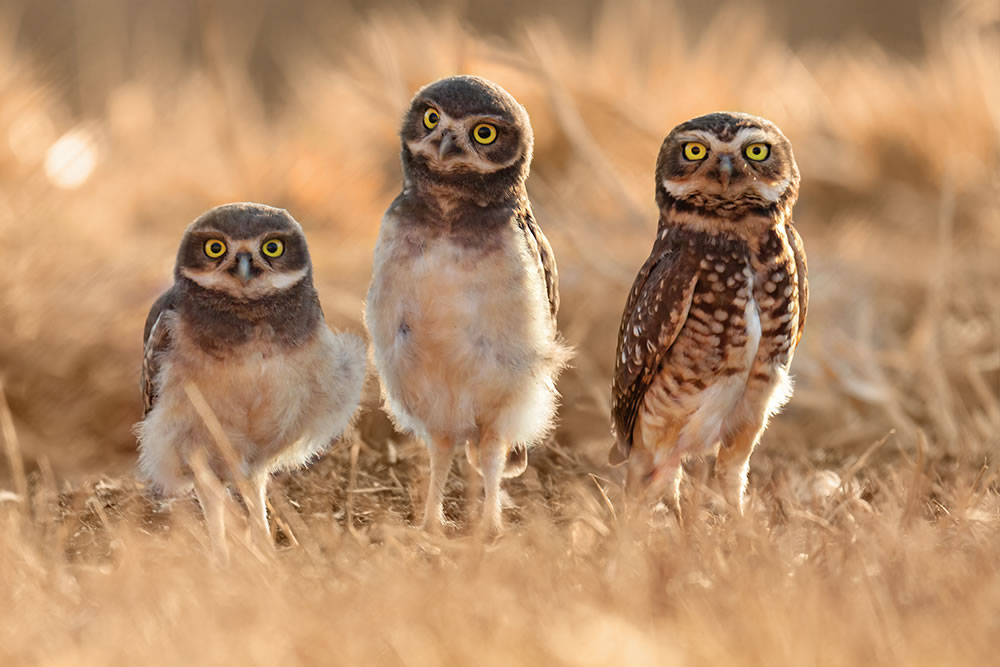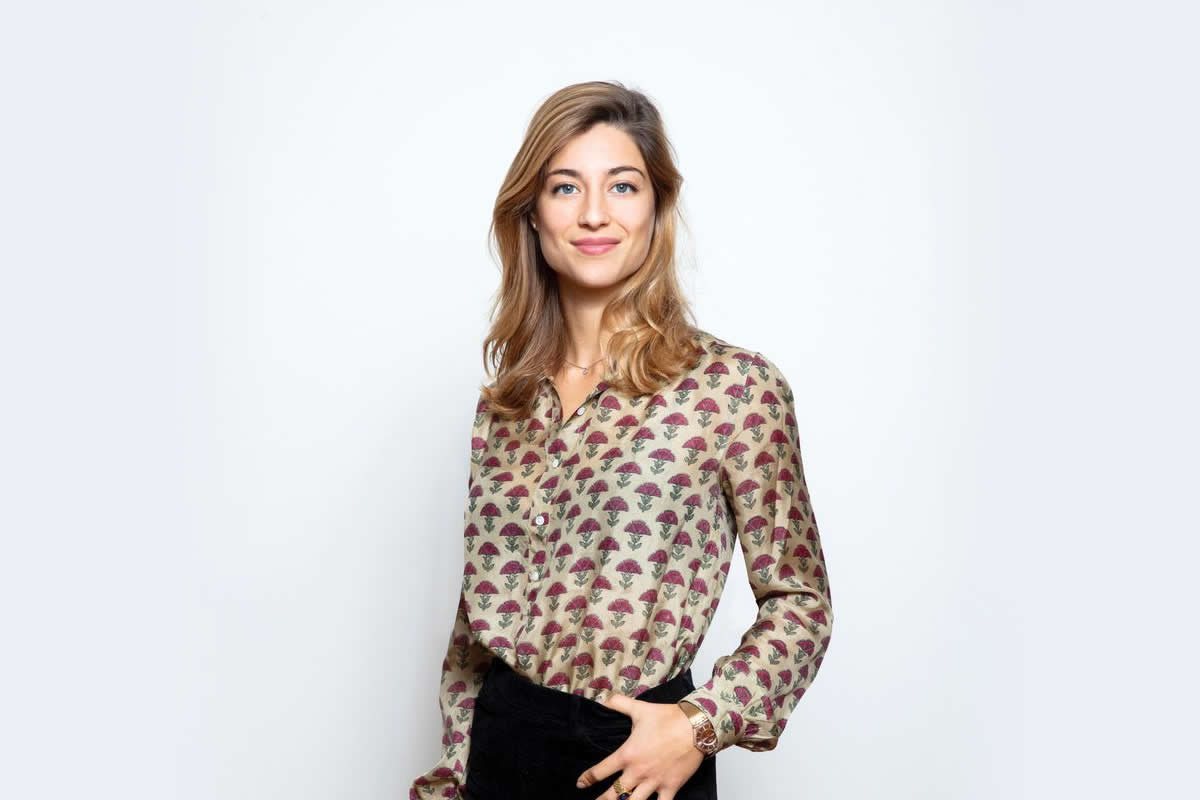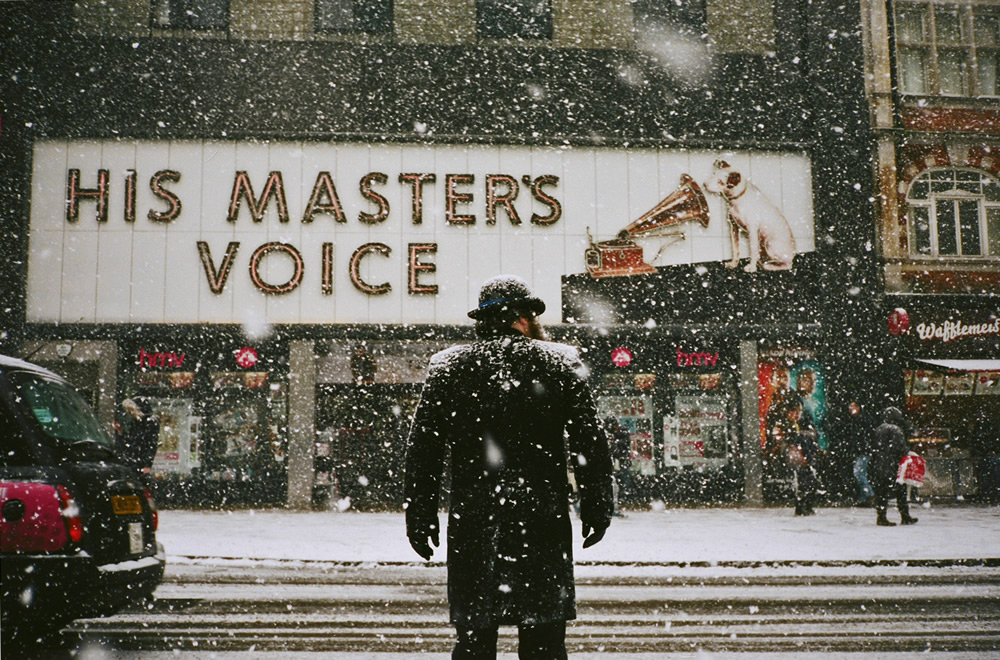Dasha Pears is a Conceptual and Fine art photographer from Russia, currently living in Finland. She started photography 7 years back with street and documentary photography, after that she got interested in conceptual and fine art photography. She loves to create her own world with her photos.
In her words about the secret to capture great portrait “I don’t think there’s a universal secret and different photographer will tell you different things. However, what I think is important is to connect with people on some level which is beyond any kind of relations in the general sense. If you’re able to see the beauty of a person without him or her being “beautiful”, ”attractive”, and even without him/her being your friend, then you’ll get the portrait which is great and meaningful. That’s my take.”
Thanks, Dasha for accepting for the invite. Please read on…
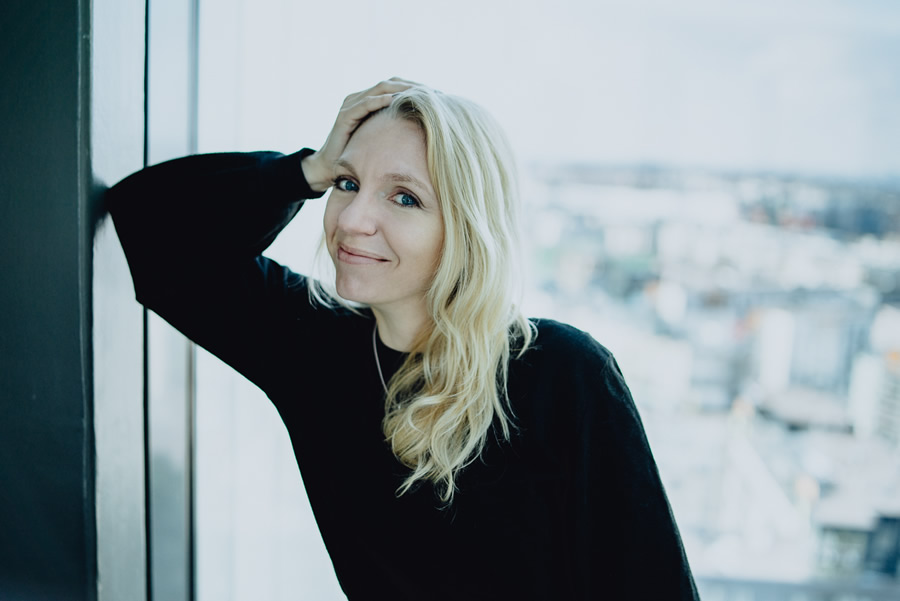
Hi Dasha, and thank you for joining us here today! Could you please introduce yourself?
I’m Dasha Pears, conceptual and fine art photographer from Russia, currently living in Helsinki, Finland.
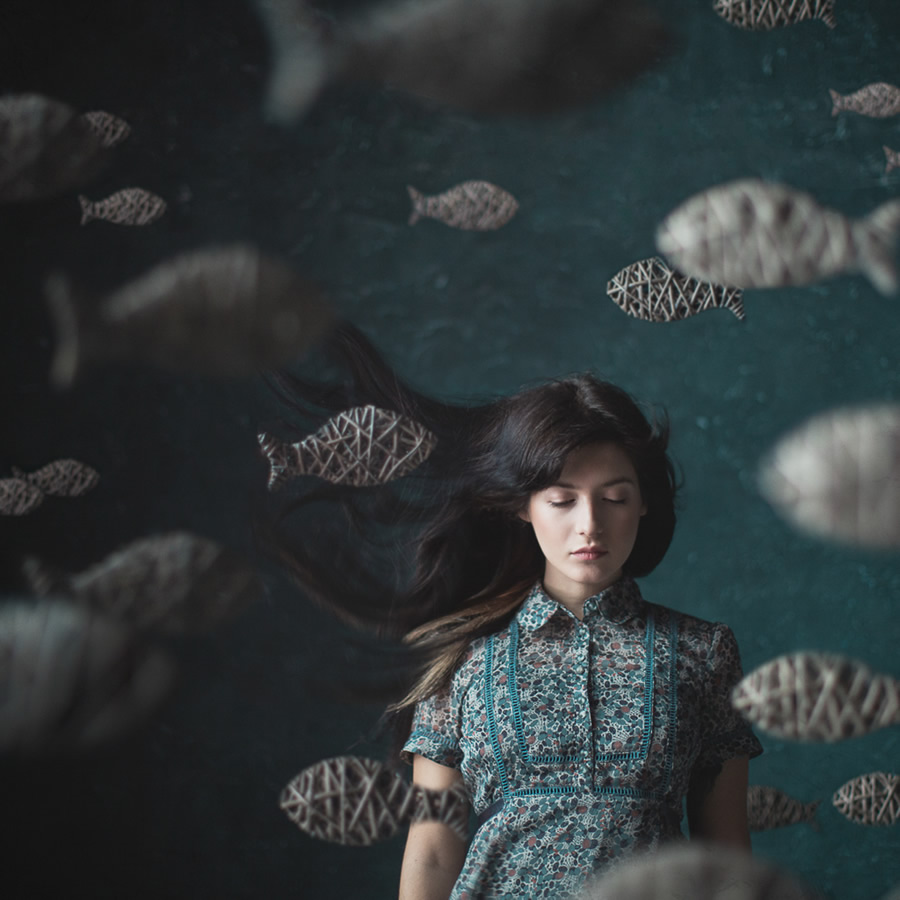
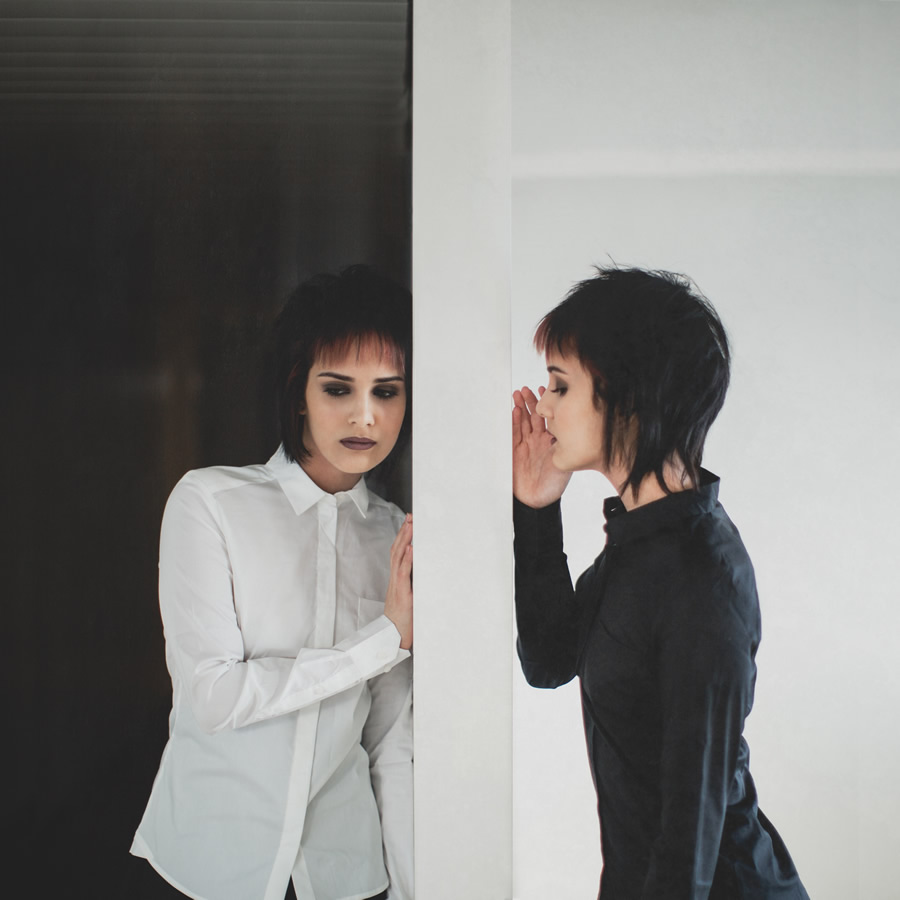
When did you start shooting and how did this love for photography happen?
I got my first DSLR camera about 10 years ago but started getting serious about photography only about 7 years ago. In the very beginning I just wanted to capture the moment, things that everybody were passing by without paying attention to them. I wanted to keep and store all those moments for myself to remember, kind of like a collector of butterflies. So I was very much into street and documentary in the very beginning. I liked to observe things around me.
Later on, I felt the need to share my images with people, so I started a Flickr account. There I got introduced to some amazing conceptual photography work and realized that I can create my own worlds with photos. It wasn’t the first time that I came across conceptual imagery, but somehow it was the right time. So I started experimenting with portraits and parallel realities.
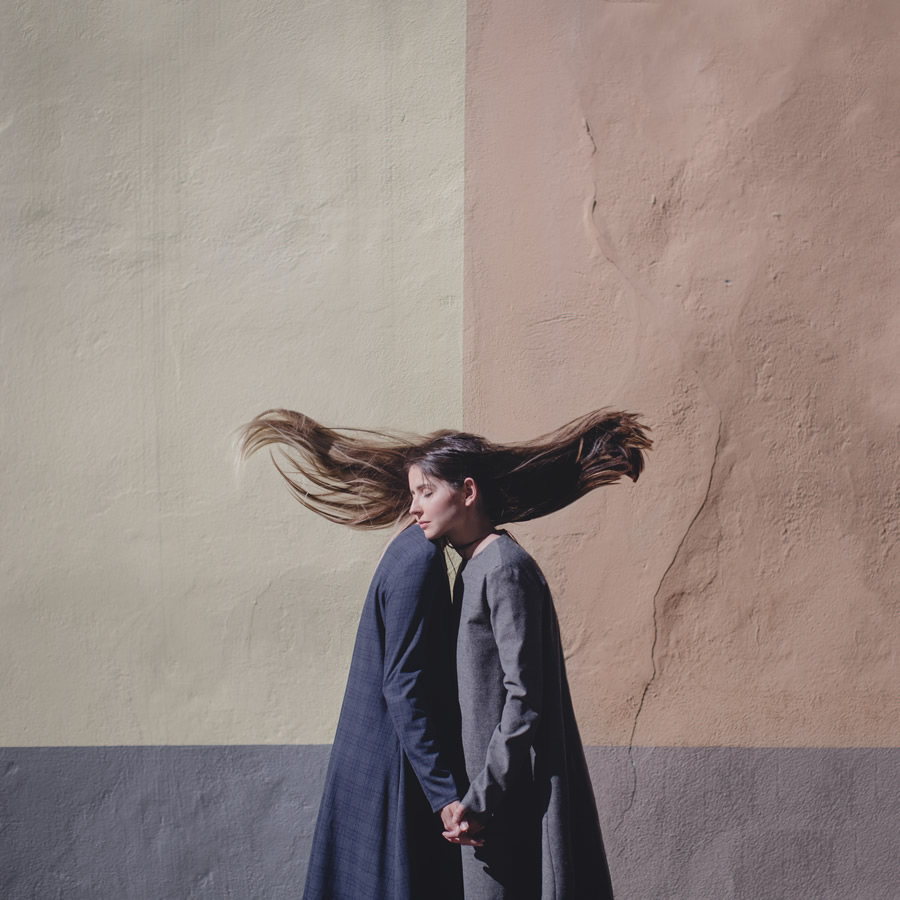
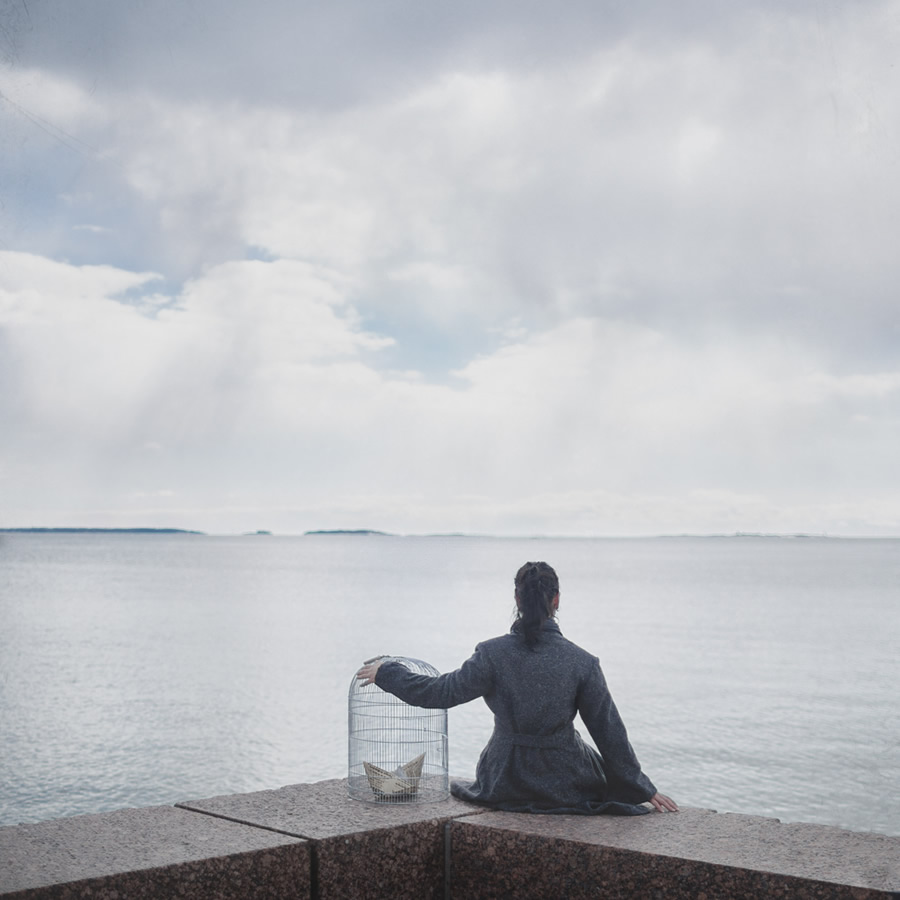
You have captured some amazing portraits. What is the secret to capturing a great portrait?
I don’t think there’s a universal secret and different photographer will tell you different things. Some of them like to get to know their models and become their friends. Others have mood setting techniques. I guess I have a skill for choosing the right people for being in my images, people who would be relaxed and able to play the roles I ask them for. In general, I don’t think of myself as a portrait photographer. My images are kind of self-portraits, but with different faces.
However, what I think is important is to connect with people on some level which is beyond any kind of relations in the general sense. If you’re able to see the beauty of a person without him or her being “beautiful”, ”attractive”, and even without him/her being your friend, then you’ll get the portrait which is great and meaningful. That’s my take.
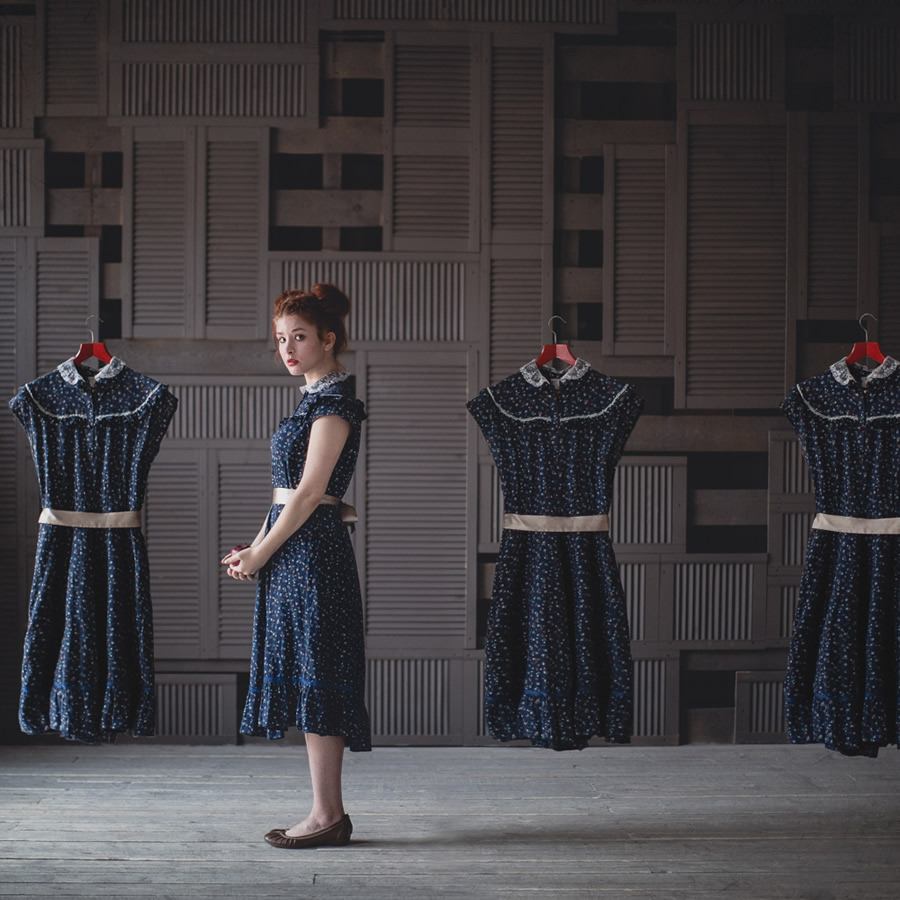
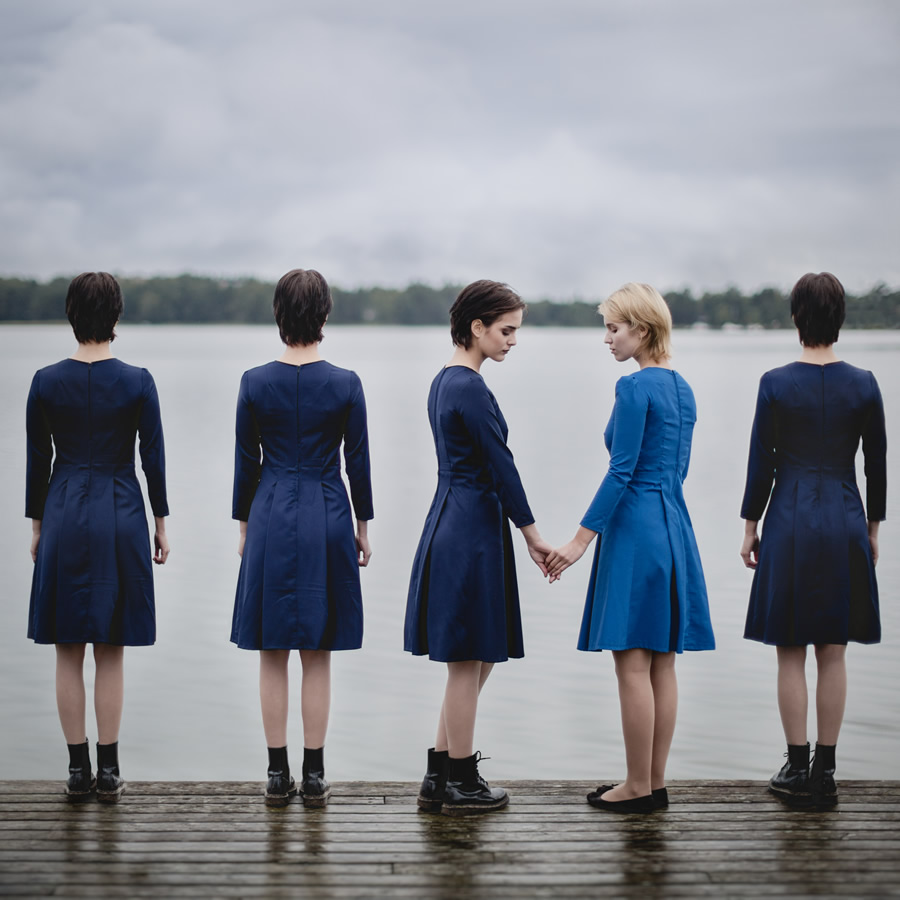
How do you prepare yourself before the shoot?
My shoots are usually very heavily planned and I have about of 10 steps of preparing for them.
They include deciding on the location, right model, right wardrobe, makeup, and hair, etc. Sometimes it’s very tricky to find all the elements of my pictures quickly, so it can take up to several weeks. I often work with a team of professionals like stylists, decorators, makeup artists, etc., so sometimes it also might take time to make all the schedules work together.
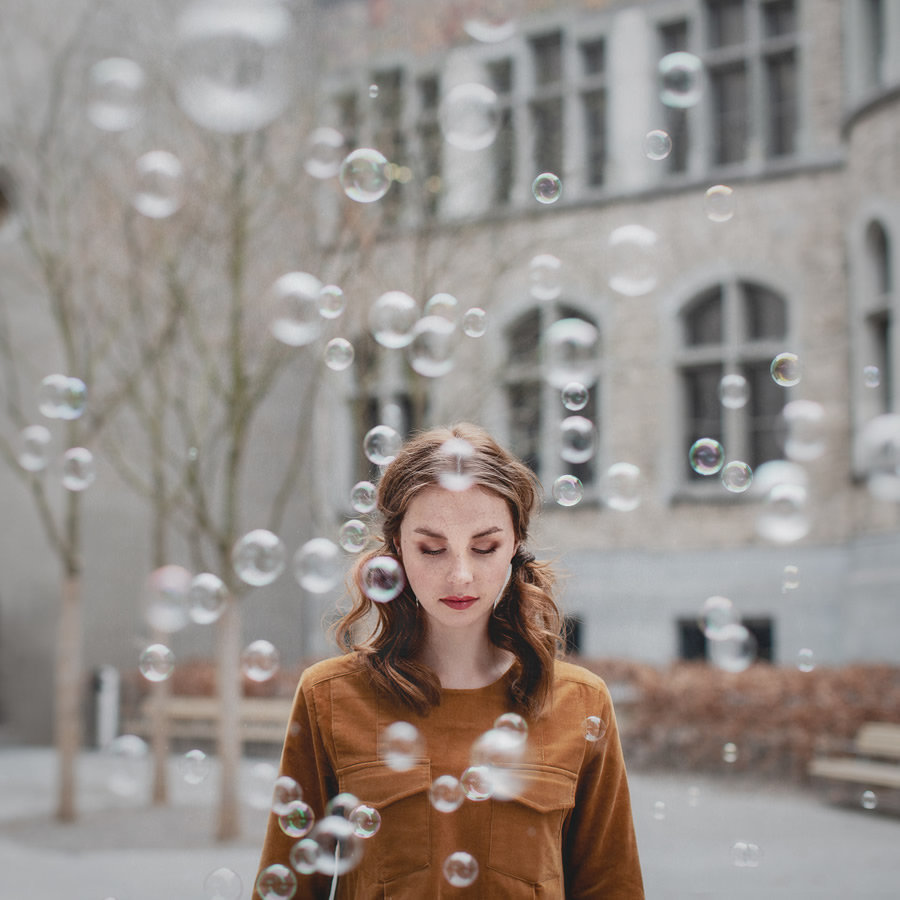
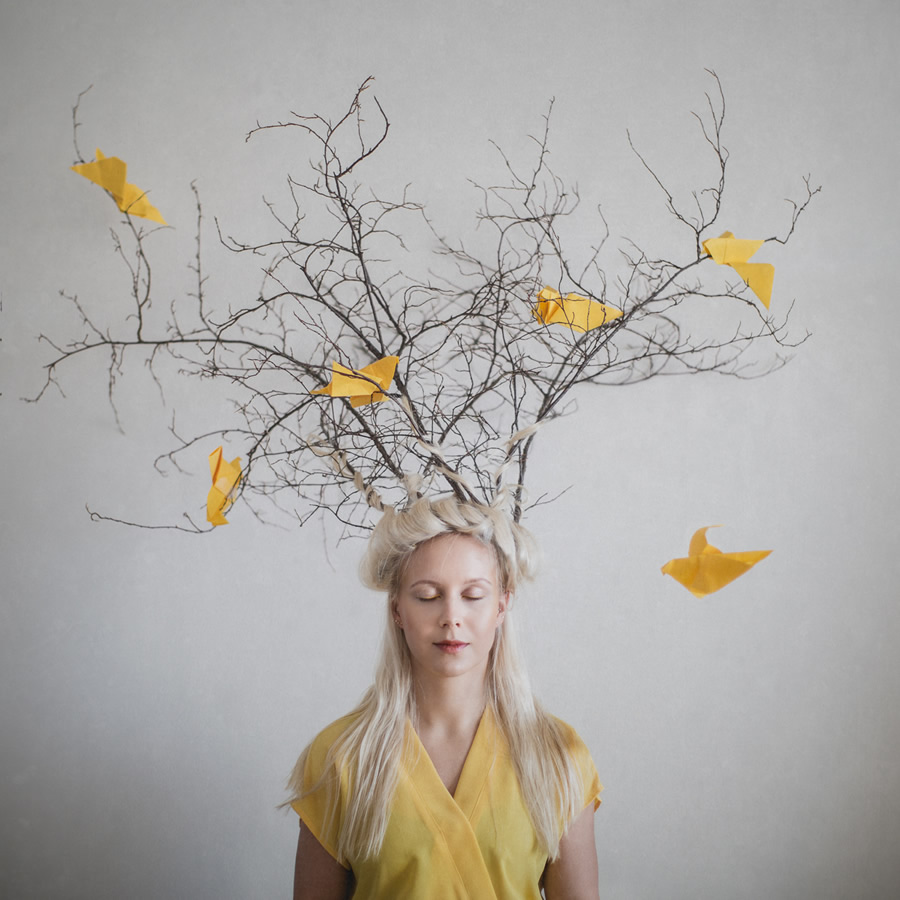
Could you please share your favorite photograph from your portfolio and story behind it?
People usually ask me about the photo that was featured by the official Instagram account. I had the idea in my mind for about a year but just couldn’t find the right location for it. I imagined it to be very different in the beginning. The core idea for the location should have been through the difference of the parts, which then would be united by my models. In the end, I gave up on searching the perfect location and decided to go with the wall I found in Tallinn, Estonia.
The shoot was a bit challenging because of the very harsh sunlight, which I could do nothing about and also because we were shooting on a road with cars. It wasn’t very busy, but I had to move my tripod to let the cars pass by. Also in images like this, the composition and the lines should be very precise, so that I don’t have to do a lot of work in photoshop later. But we managed to do it and now I’m happy with the result. All in all 6 people were involved in the shoot: 2 models, 2 assistants, a makeup artist and me.
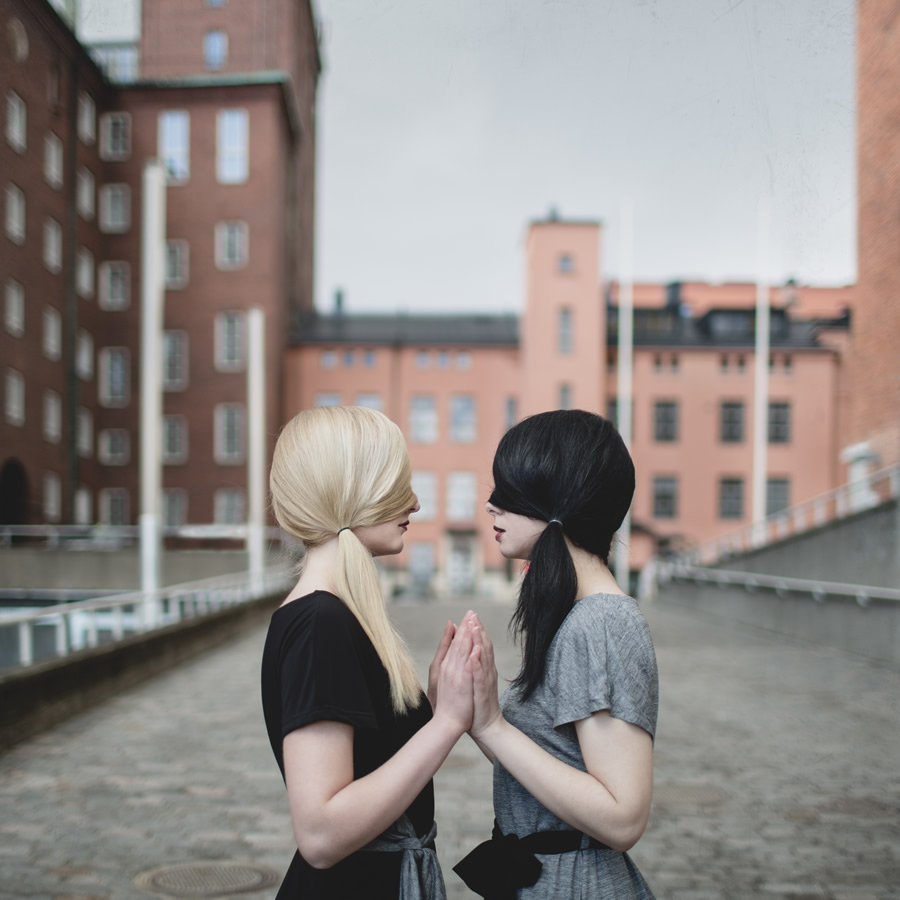
What is your post processing techniques?
I do most of my post in Lightroom, then use Photoshop for more complex edits and add some finishing touches in Alienskin Exposure.
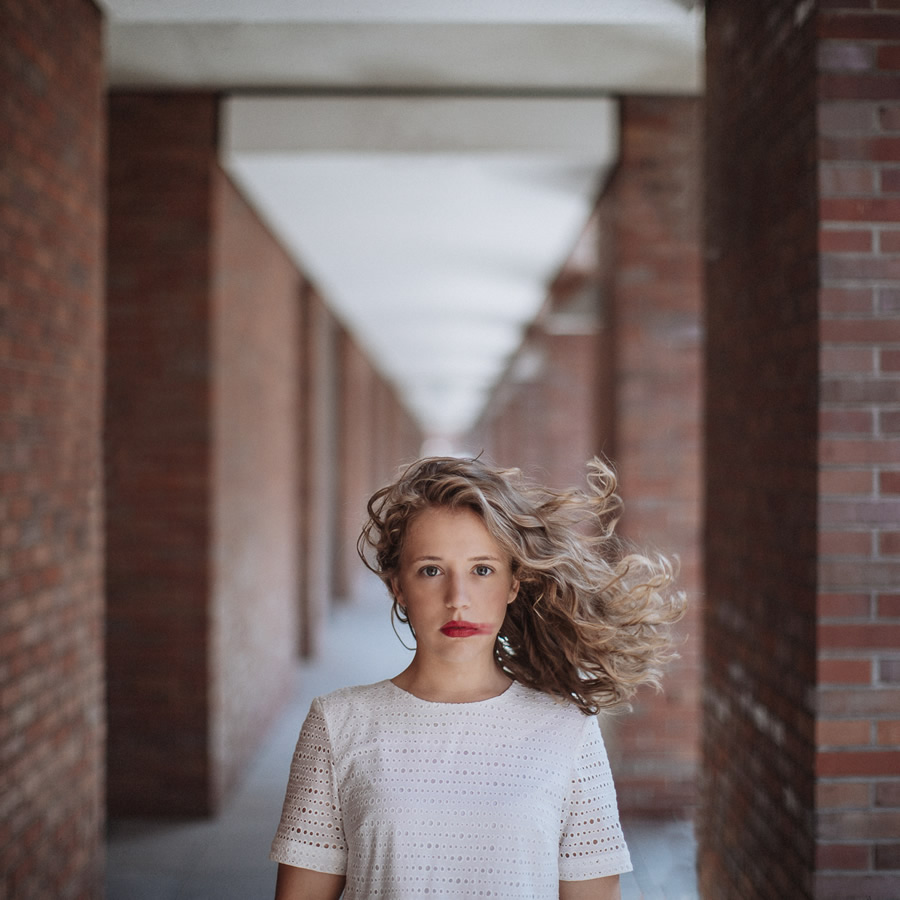
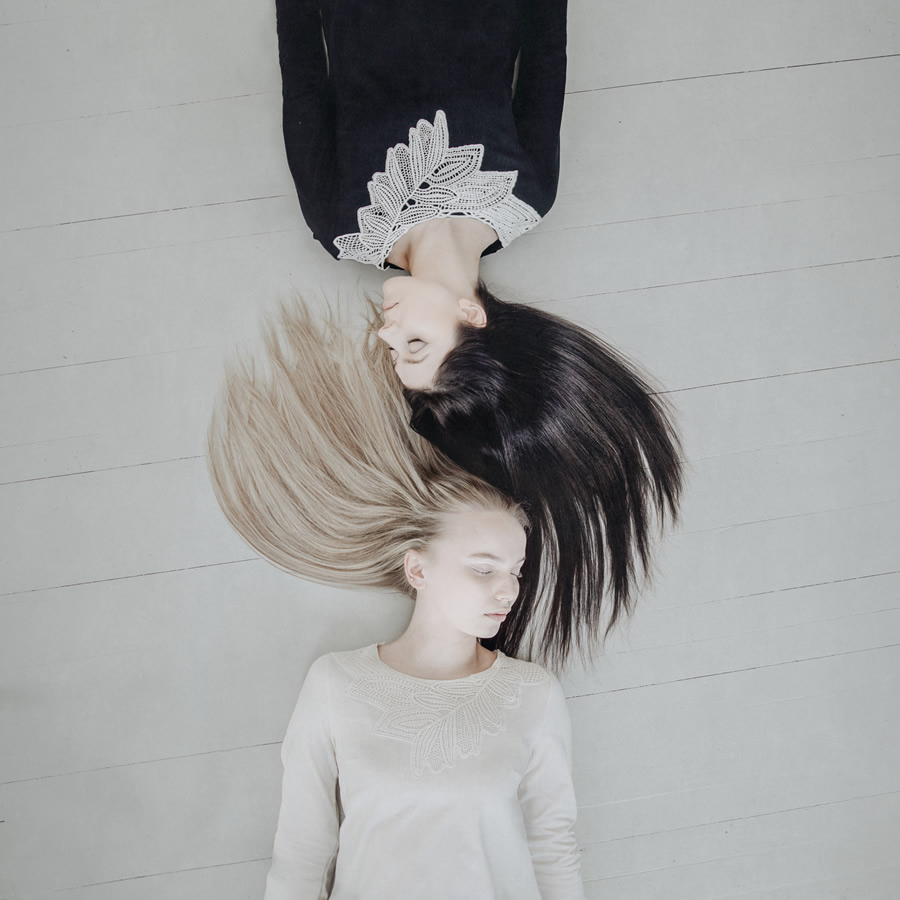
What has been your best form of education when it comes to taking gorgeous portraits?
Practice :) There’s nothing more. Of course, it’s important to take lessons from masters, but if you don’t apply the knowledge you get there and try everything yourself, the knowledge gets wasted.
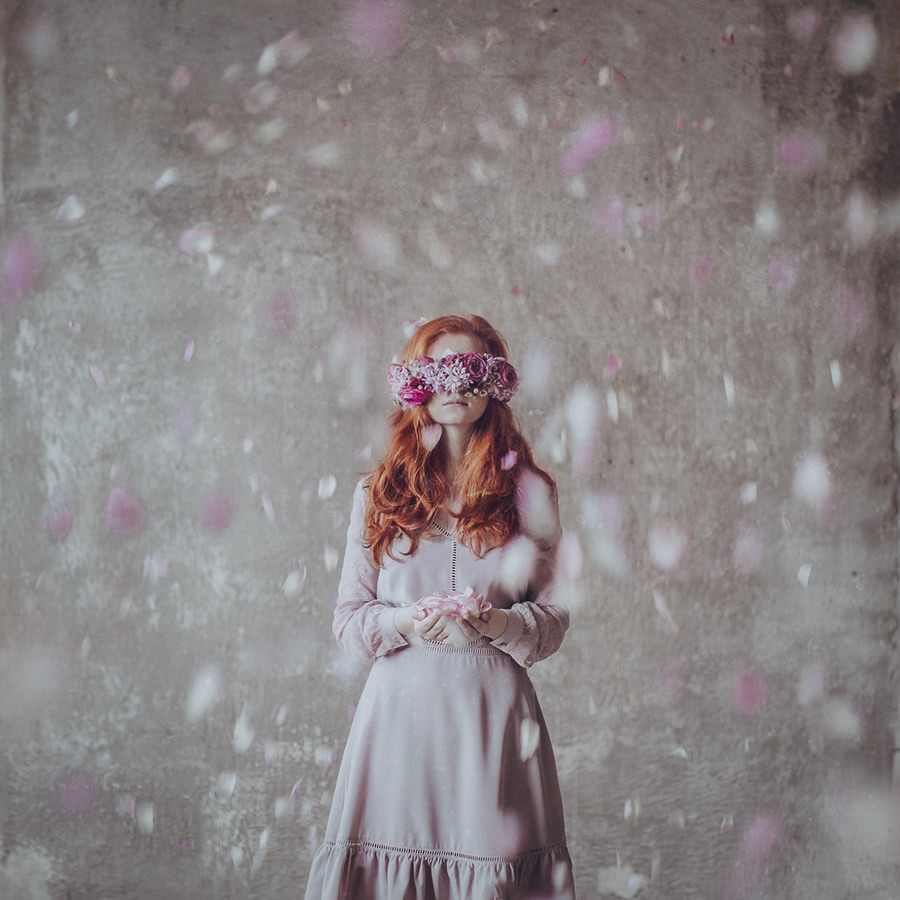
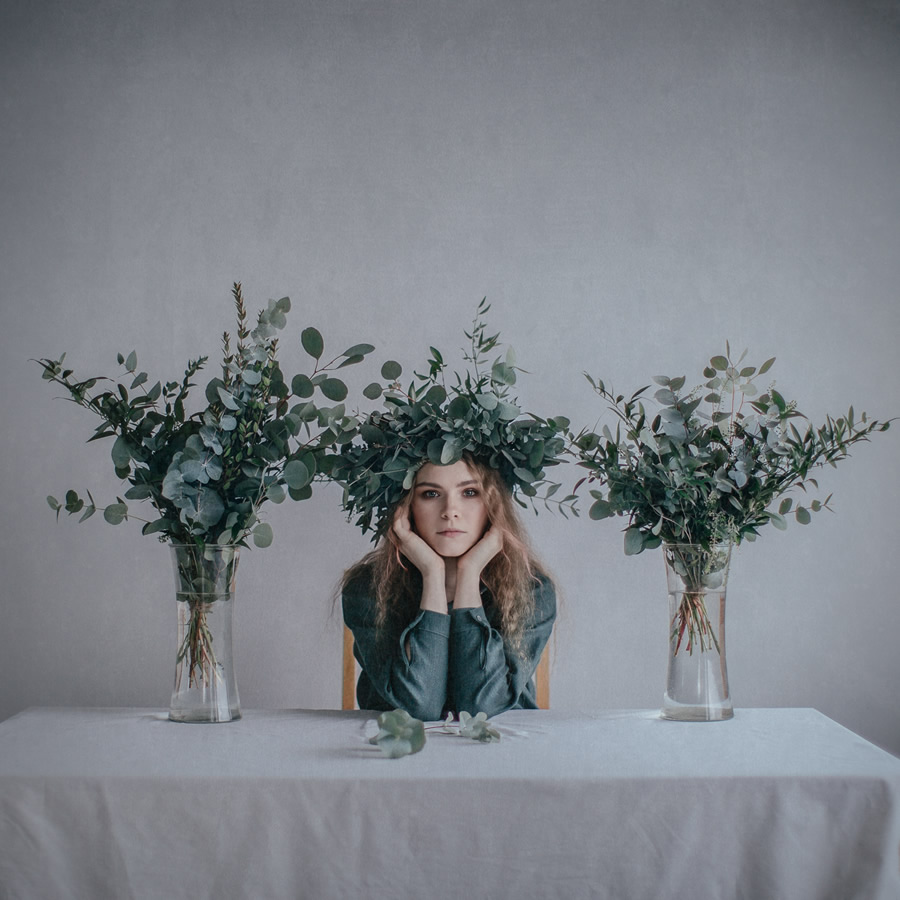
Did you remember? What is your first paid assignment?
Of course. I was very nervous and wanted to look much better and more skilled than I actually was. I was taking a portrait of a lady in her late forties with her daughter. I tried to get ready for everything and thought through all the poses, all the looks change. The toughest part though for me back then was editing the pictures. I charged then extremely low and but I was so proud that I was finally paid for my photography!
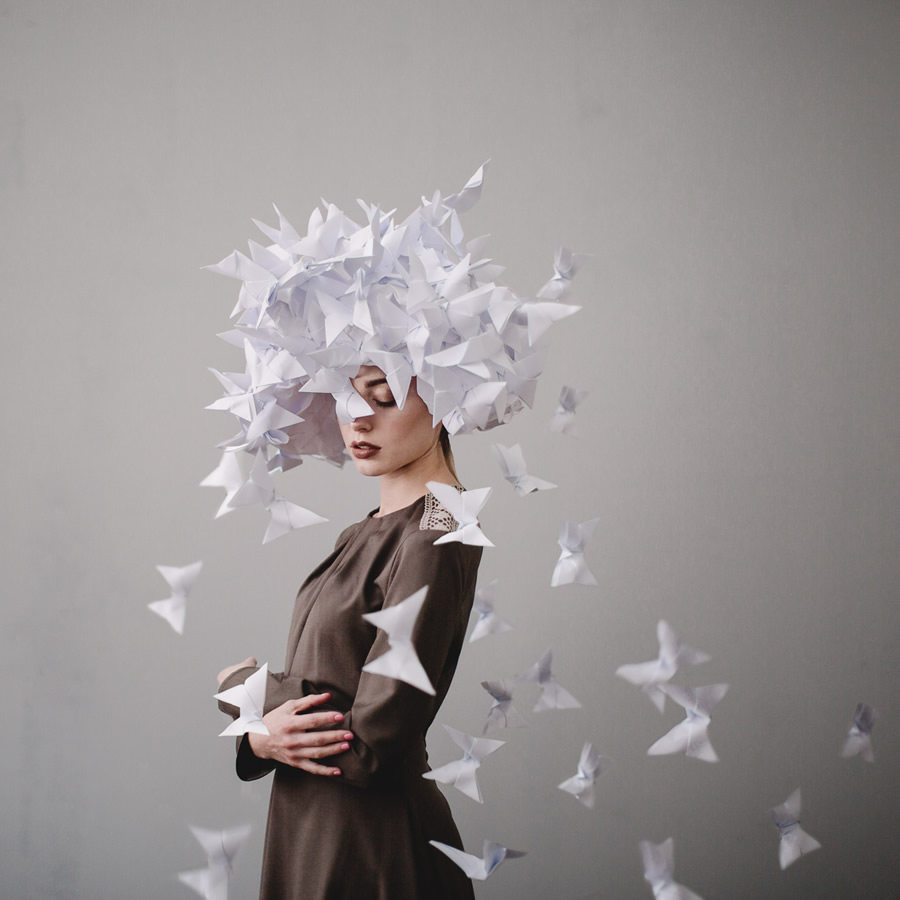
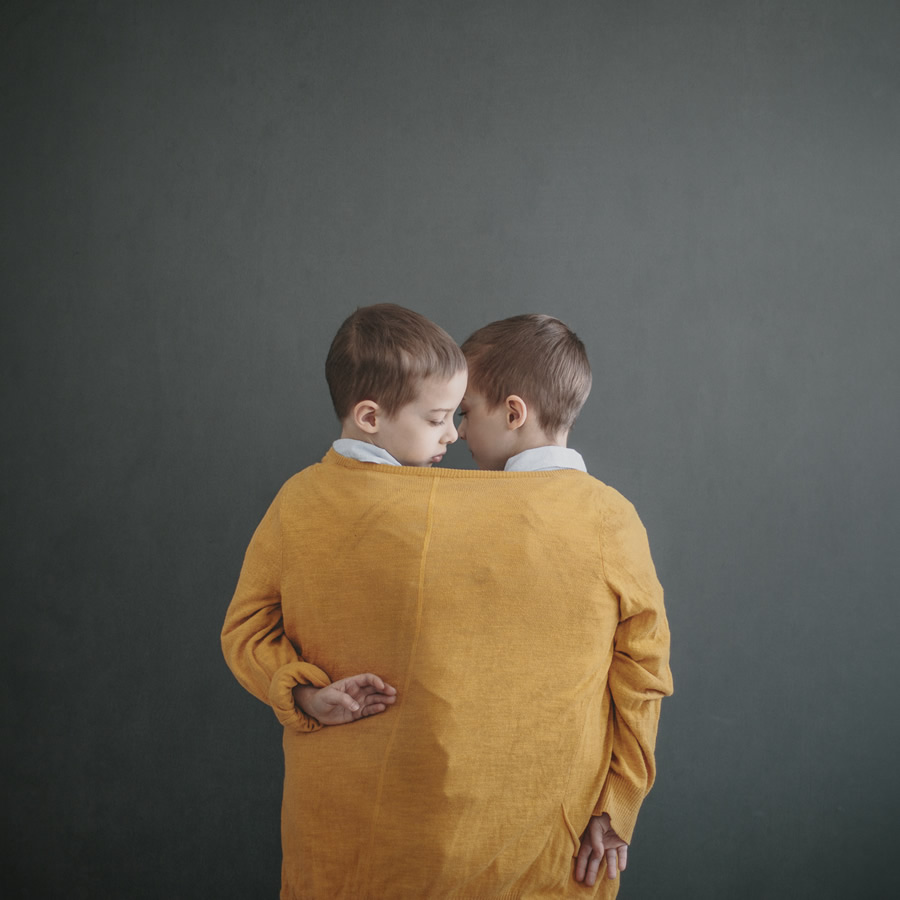
What do you do to keep motivated, and not lose your passion for photography?
I think I found the thing that I can be my best at, so motivation is out of the question, it’s always there, it’s a part of me. Photography can be challenging, but I manage to overcome them so it’s my sweet spot. I also believe that you need to keep yourself motivated, then probably you haven’t yet found “your thing”.
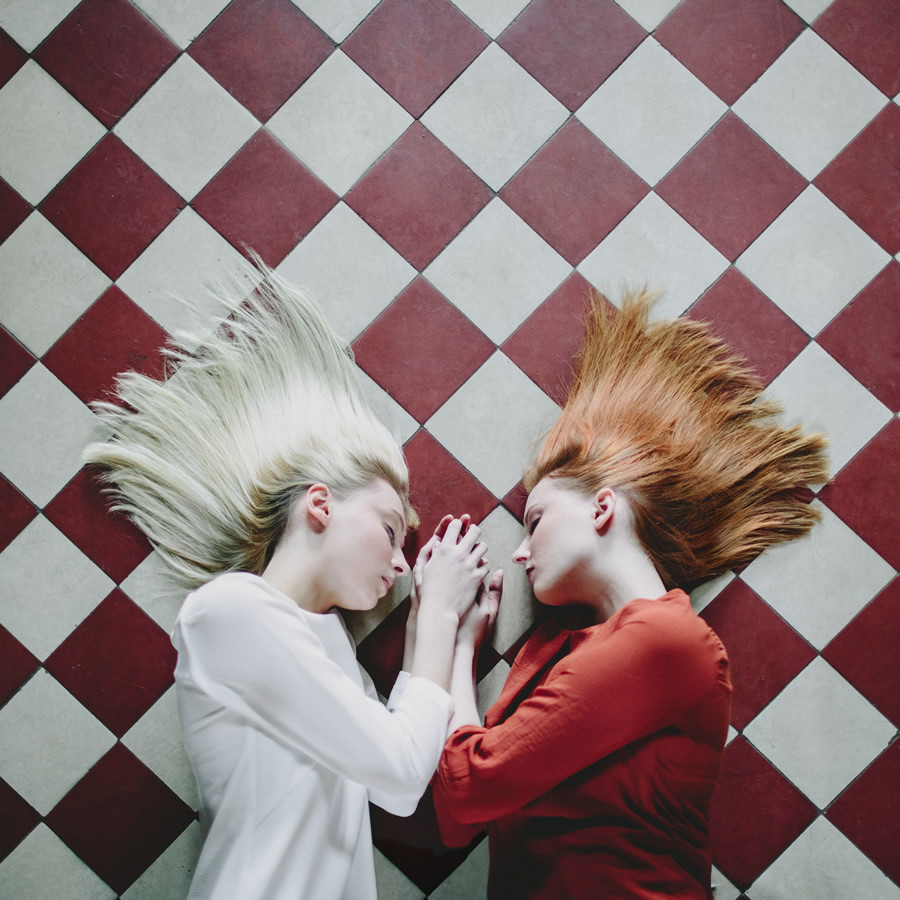
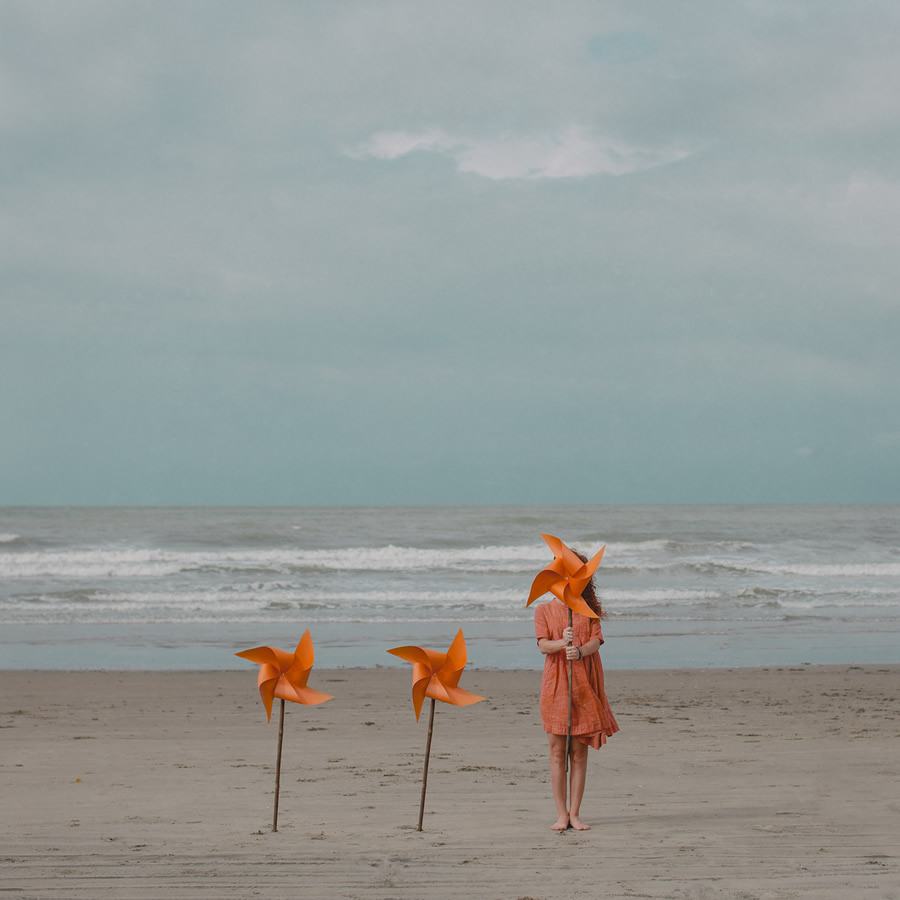
Which photographers have inspired you?
There’s a long list, but to name just a few:
- Julia Margaret Cameron
- Henri Cartier-Bresson
- Diane Arbus
- Anna Gaskell
- Rodney Smith
- Tim Walker
- Paolo Roversi
- Wilma Hurskainen.
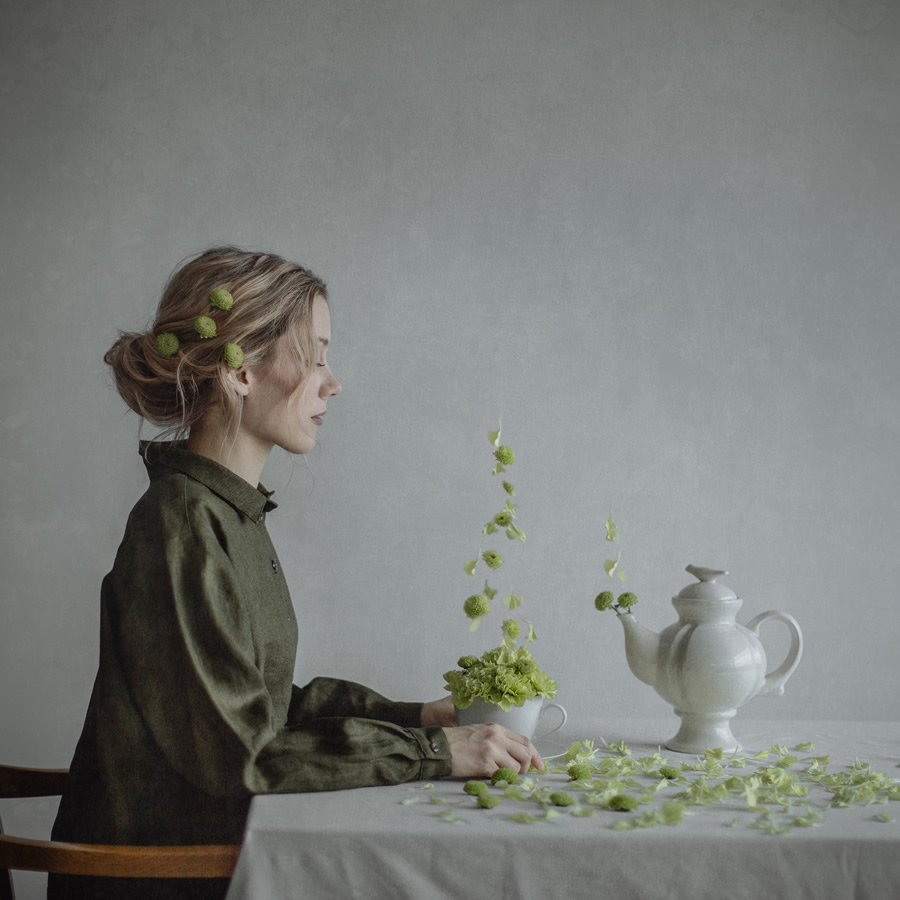
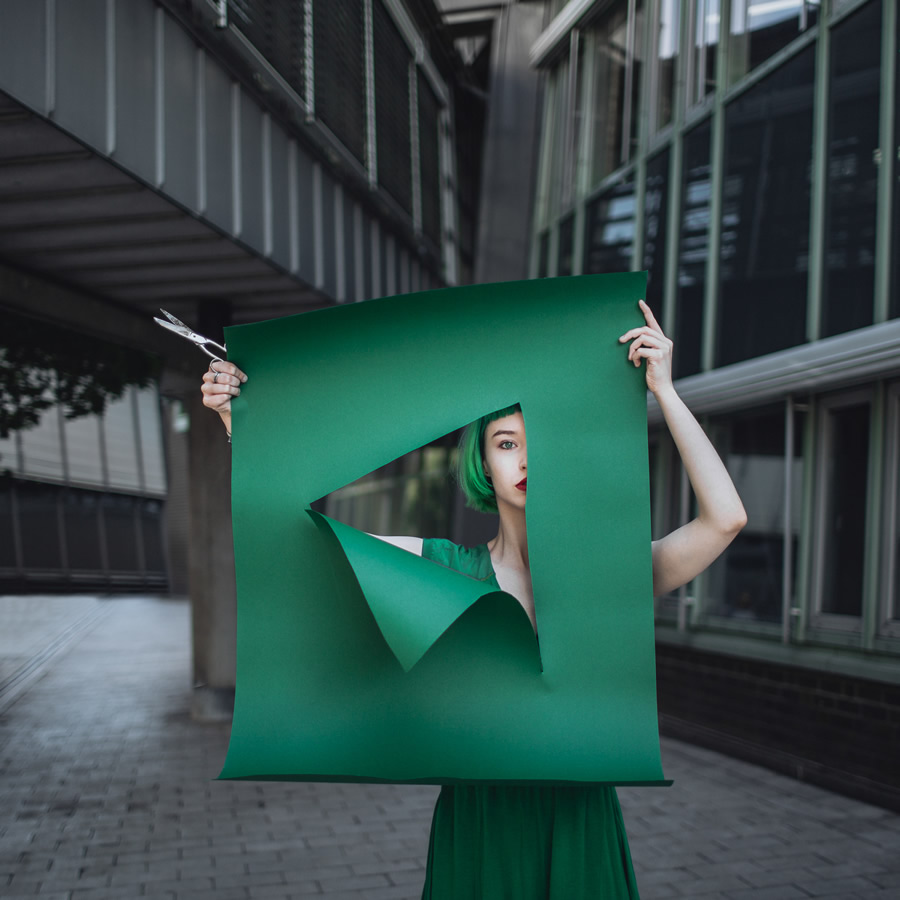
What camera and lenses do you use the majority of the time?
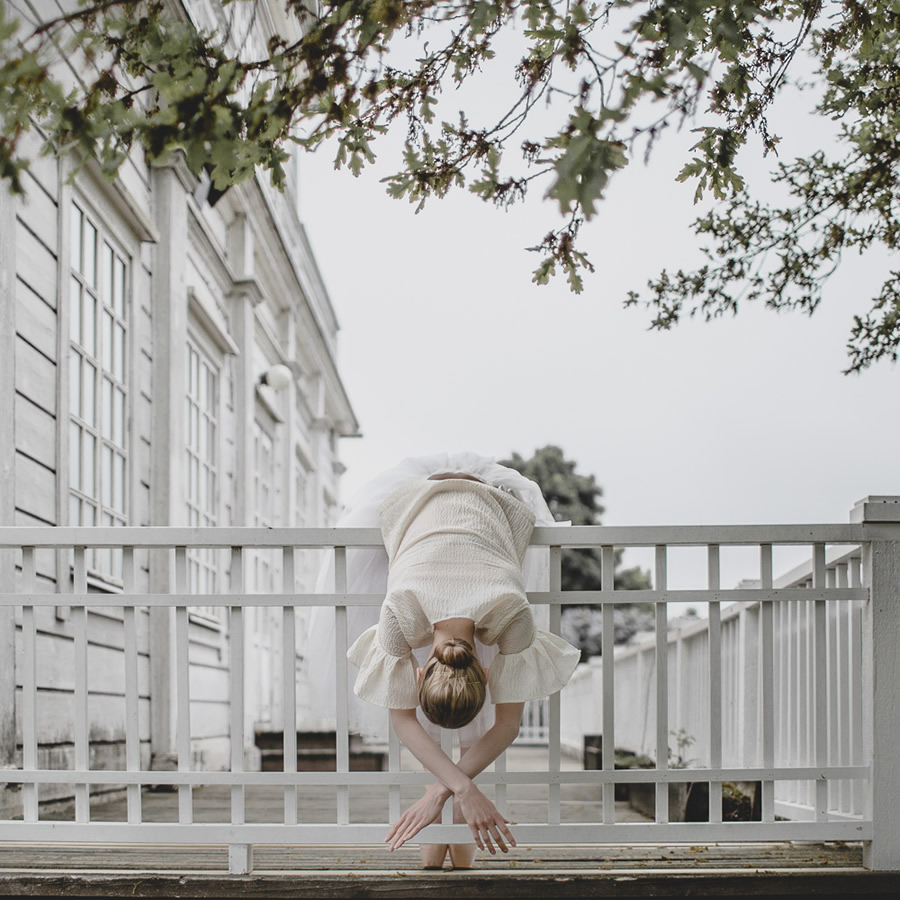
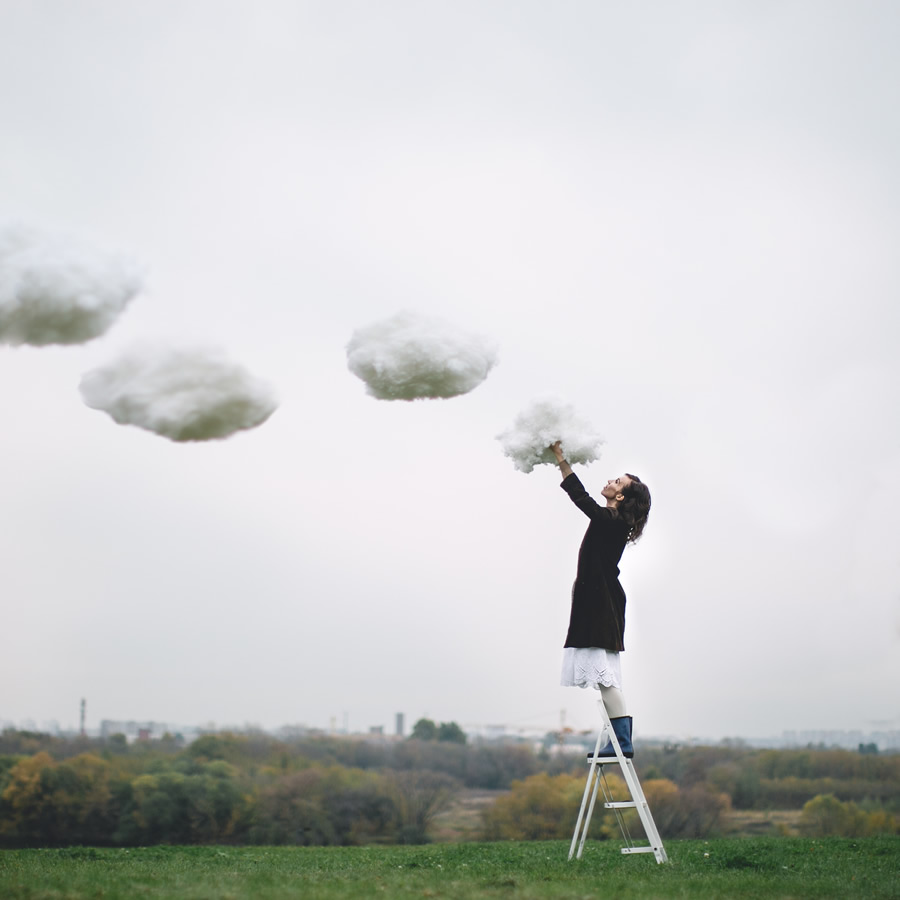
What is the best compliment you received so far?
That no matter what I stay humble. I take that as a compliment.
Apart from photography, tell me about your hobbies and interests?
My kids)) I have two daughters 7 and 5 years old.
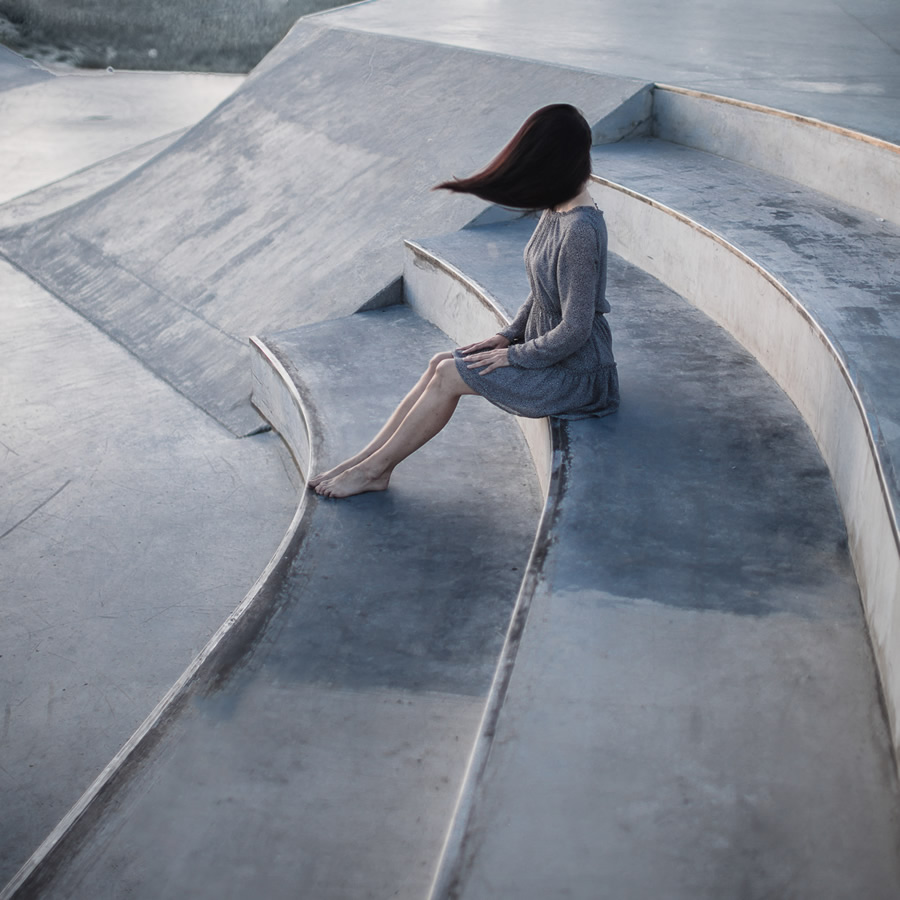
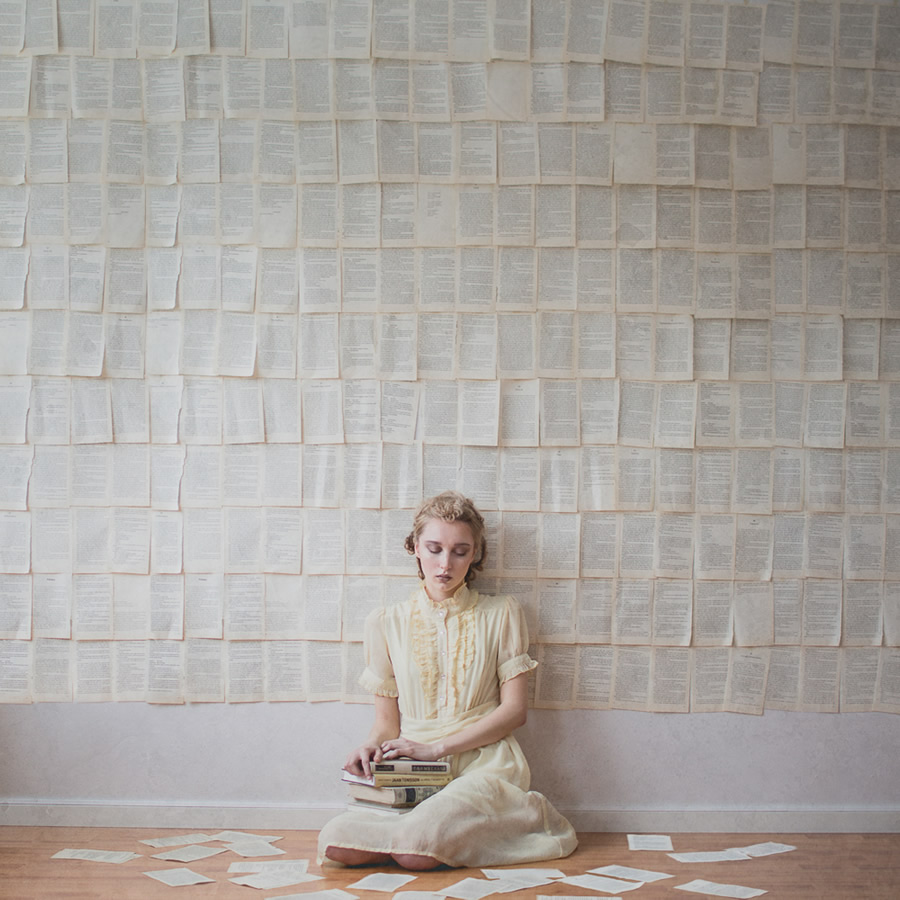
Thanks again for providing 121Clicks with this opportunity to interview you. Any final thoughts for our readers?
Take your time and try to figure out what type of photography you really like. I’ve tried everything from a wedding to objects to be able to come to what I’m doing now. When you try many things, you begin to understand what you like and what you don’t like, this is how you discover your style. Style – is what will draw people to your work. There’s no need to be the best, it’s crucial to be different. Good luck!
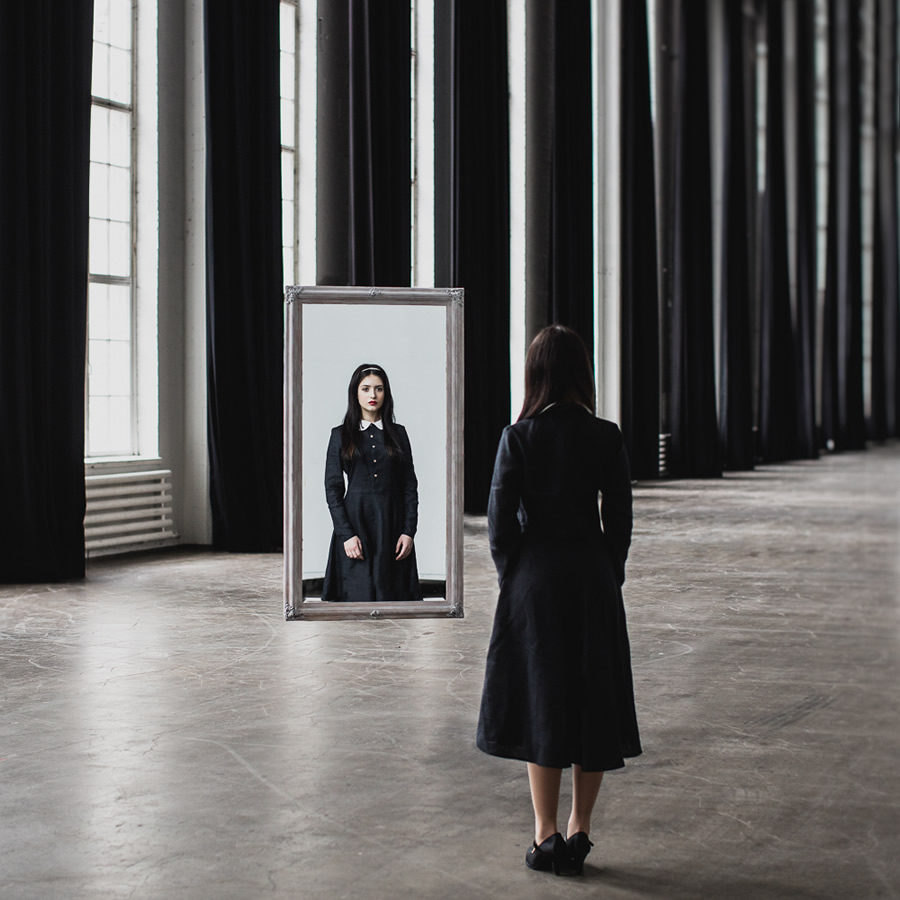
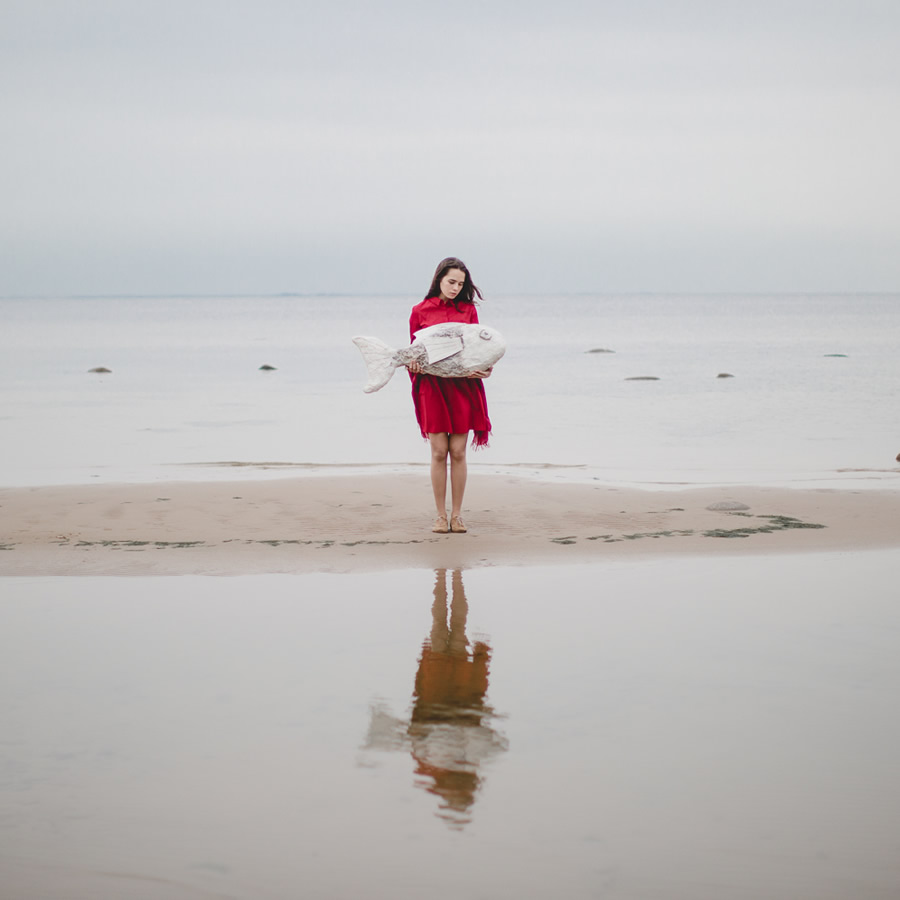
You can find Dasha Pears on the Web:
Copyrights:
All the pictures in this post are copyrighted Dasha Pears. Their reproduction, even in part, is forbidden without the explicit approval of the rightful owners.


